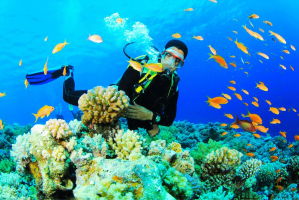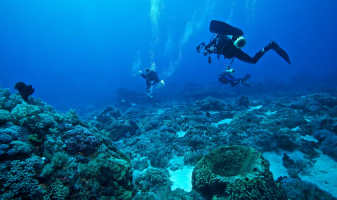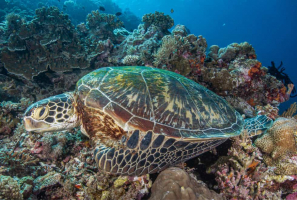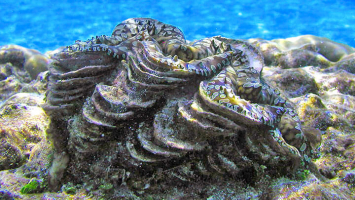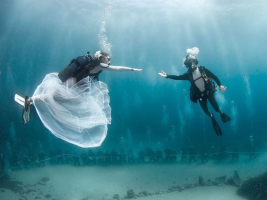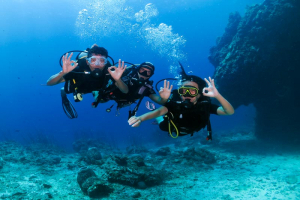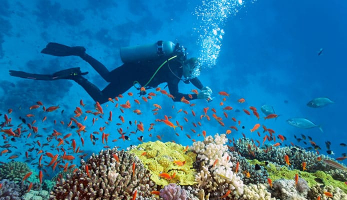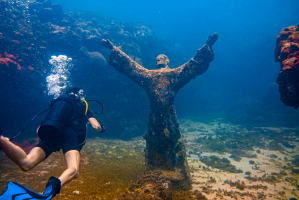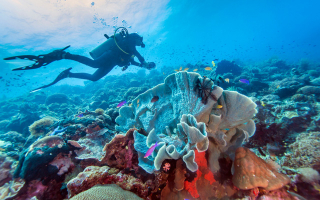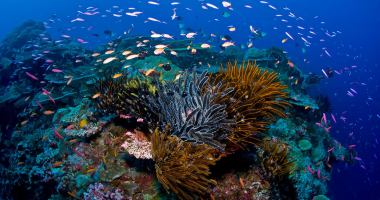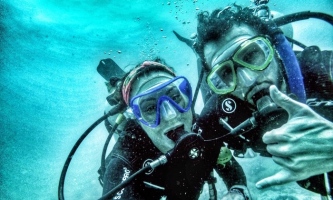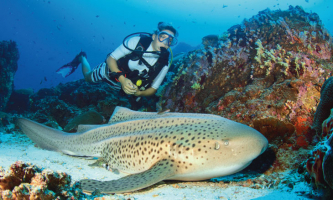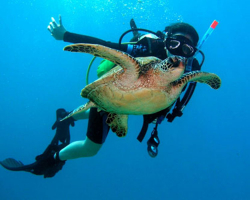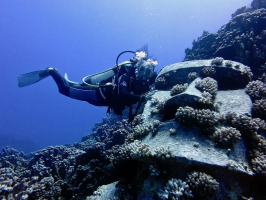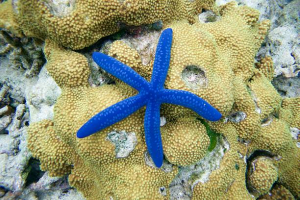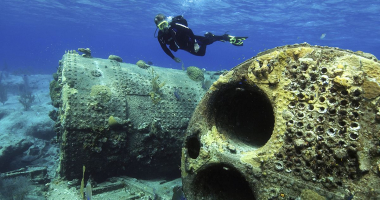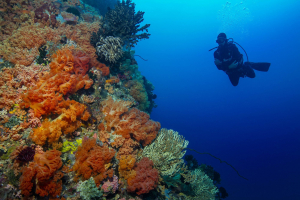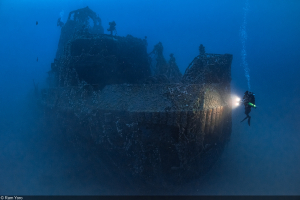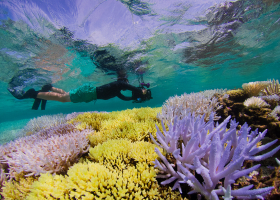Top 6 Best Dive Sites in Nicaragua
Nicaragua boasts some of the most remote and well-preserved dive sites in the world. Along the 12 km stretch of the reef in the Caribbean Sea, you may swim ... read more...with eels, sharks, rays, groupers, and African pompano. Blowing Rock, Little Corn's best dive, or the more famous and closer-to-shore White Holes. The Best Dive Sites in Nicaragua are listed below.
-
Blowing Rock is one of the Best Dive Sites in Nicaragua. This massive pinnacle of volcanic stones, located around 7 miles (11 kilometers) from Corn Island, draws a plethora of aquatic life. The pinnacle's base is around 80 feet (24 meters) in height and soars upwards, breaking the surface to form a little rocky island.
Many nurse sharks and huge southern stingrays can be seen resting or swimming along the bottom. Passing reef sharks and eagle rays can be seen as you spiral upwards. There is a lot of fish swarming around the pinnacle, including schools of snapper and African pompano. Great Barracuda can be spotted hovering among the shallow rocks, and large angelfish and parrotfish add color to the scene. Many spotted drums can be seen hiding under ledges, as well as gigantic eels, lobster, and crabs in cracks and crevices.
Location: Passion Street, Nicaragua
Depth: 80 feet (24 meters)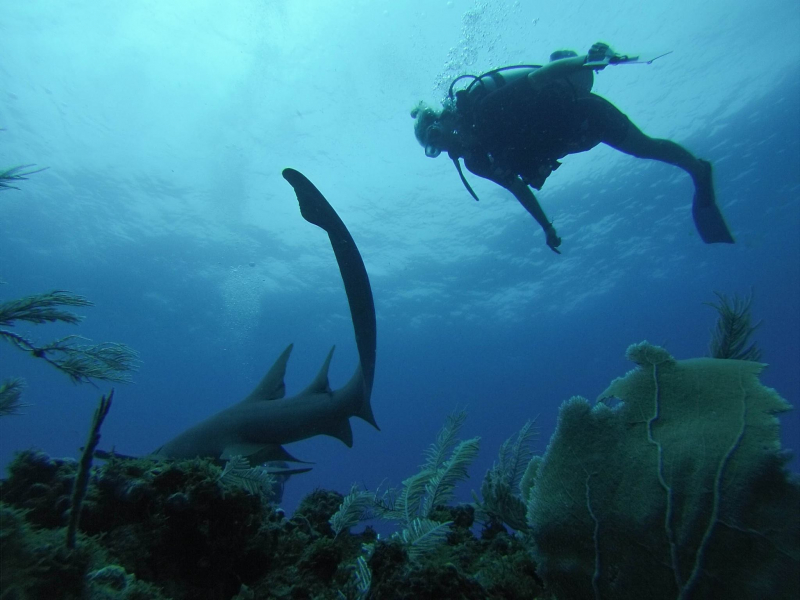
cornislanddivecenter.com 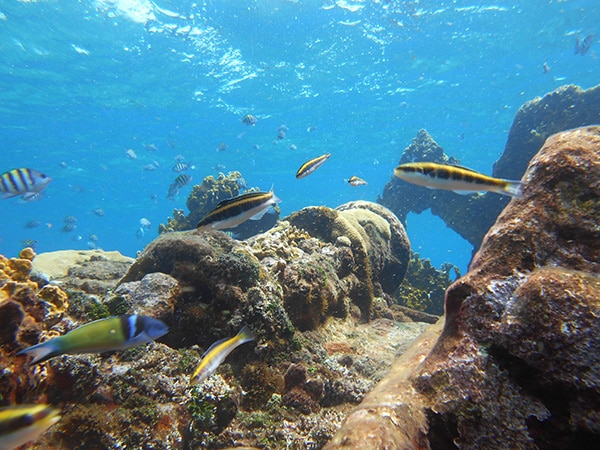
cornislanddivecenter.com -
White Holes, Little Corn is one of the Best Dive Sites in Nicaragua. Accessible only by boat. In around 20 feet of water, there are large open sand sections bordered by black coral. Freedivers will have a great time out here! Nurse sharks are most active at night and rest on the seafloor during the day. They usually lay immobile, which allows you to approach near them if you can free-dive down. Eagle rays can also be spotted cruising around here, however, they are less numerous.
Please do not touch the sharks or allow the snorkel boat crews to touch them. They are harmless and sleep on the bottom. Snorkel excursions like to brag about grabbing them. All they're doing is frightening the sharks away so the following snorkel boat won't see any sharks. Please do not support this type of behavior. We'd all like to see sharks, so don't scare them away. Every snorkeling trip in town will make a stop there. They also pause twice in the shallower reef region. A snorkel cruise to the north end usually costs $20. There are plenty of people in town who give snorkel cruises up to the north end.
Location: Little Corn Island, Nicaragua
Depth: 9m / 30ft
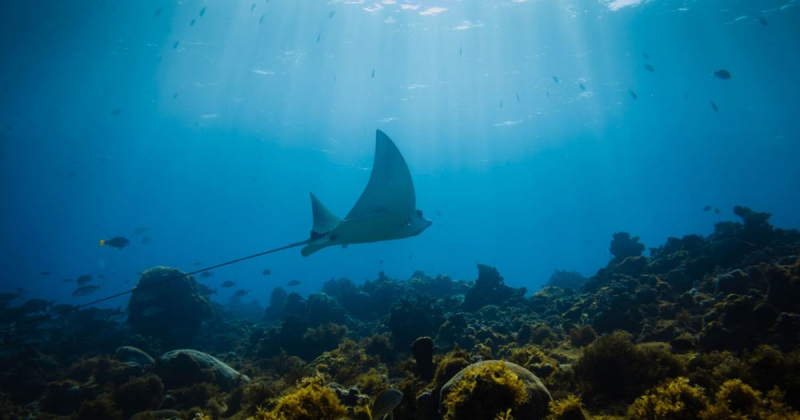
dolphindivelittlecorn.com 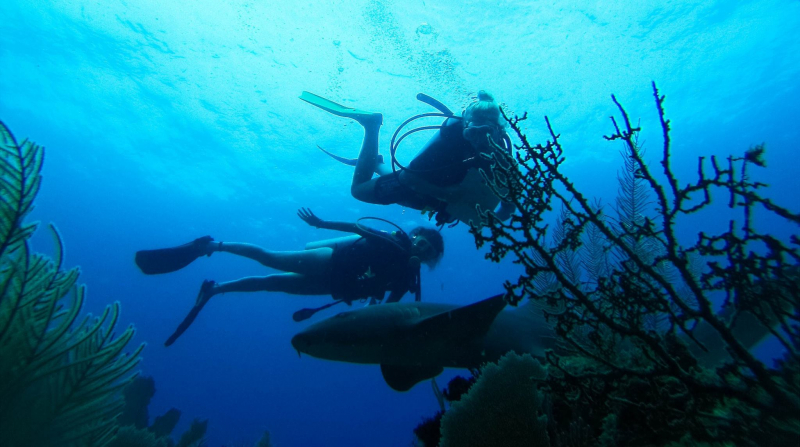
dolphindivelittlecorn.com -
Shark Hole, as the name suggests, is the place to go for shark spotters. It has a network of tunnels that you may explore with reef sharks, eagle rays, and glass-eye sweepers. There's Shark Hole, where you can swim with black tip, reef, and bull sharks as you navigate a network of caverns and swim-throughs beneath the coral.
The island is surrounded on three sides by a complex barrier reef system that supports a diverse and healthy array of corals, sponges, and marine animal life. There are over 20 different dive spots found throughout the island. The boat ride from the dive shop to the dive location lasts 5 to 15 minutes. The average depth ranges from 30 to 80 feet, allowing for safe and long bottom periods of up to 55 minutes, depending on the air supply.
Location: Little Corn Island, Nicaragua
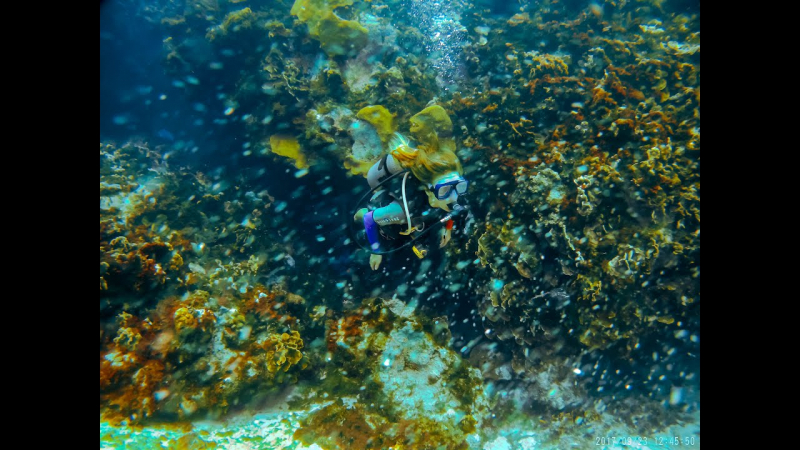
littlecornbb.com 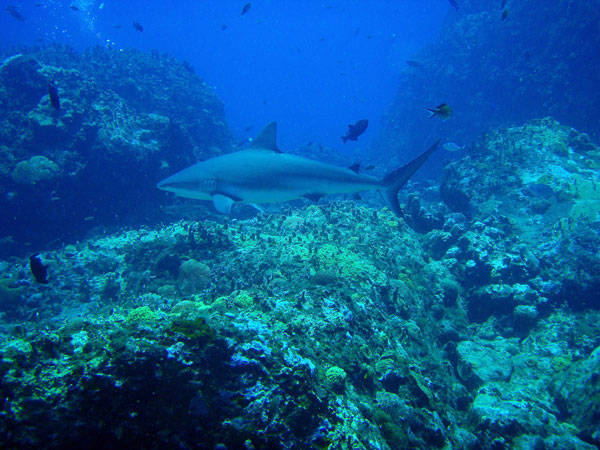
littlecornbb.com -
Apoyo Laguna is a freshwater lake located in the caldera of a dormant volcano. This landmark can be found halfway between the cities of Masaya and Granada. Its crater was produced almost 23,000 years ago and is 6.6 kilometers in circumference and 175 meters in depth. Laguna Apoyo is classified as an endorheic lake, which means that the basin has limited drainage. The majority of the entrance and outflow of water occurs beneath and has a significant effect on the lake's water balance. Since 1991, the lake and its environs have been designated as a natural reserve including a tropical dry forest environment. Over 500 plant species grow and encircle the crater, and a variety of fish species, including six indigenous cichlid species, may be seen within the lake. Not only is the Laguna a natural refuge for flora and animals, but this one-of-a-kind place also allows die-hard scuba divers to dive into a volcano's crater.
Apoyo Laguna is one of the Best Dive Sites in Nicaragua. The water is crystal pure and free of impurities. The beach in front of Estación Biológica is vast and level, allowing for plenty of shallow-water fun as well as serious swimming further in. In a few hours, you can kayak all the way around the lake. The water is ideal for swimming and resting both during the day and at night.
Location: La Laguna de Apoyo, Nicaragua
Depth: 175 meters
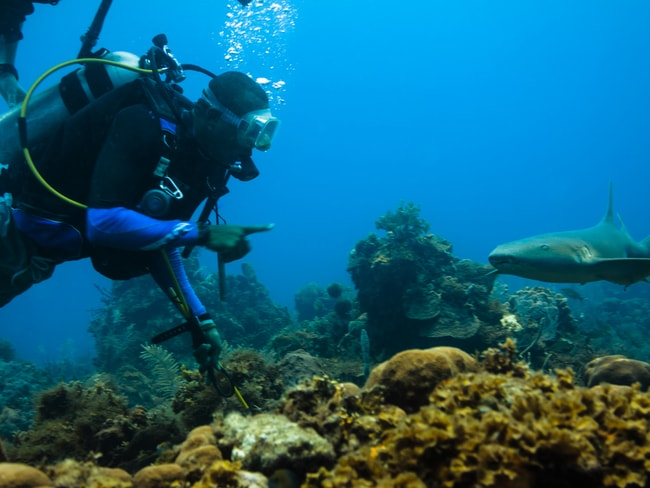
theculturetrip.com 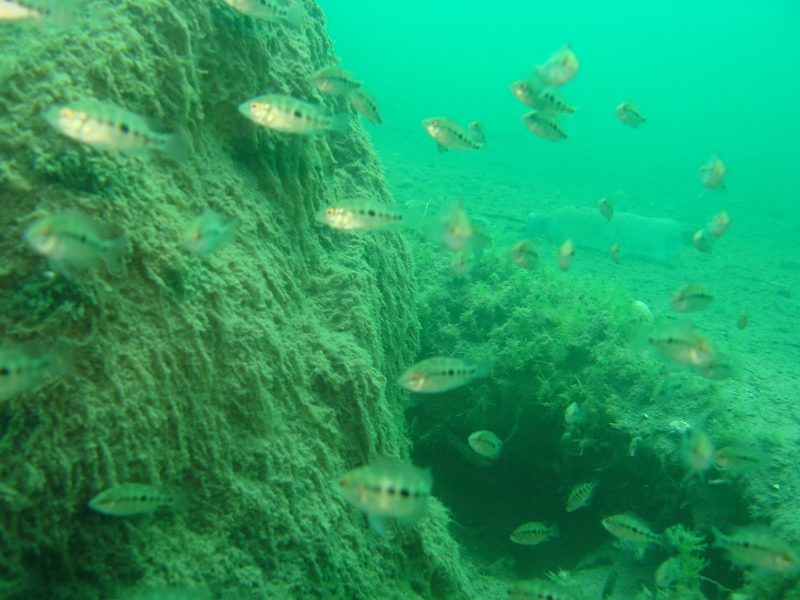
theculturetrip.com -
The Xiloa Lagoon is only 20 kilometers from Managua, Nicaragua's capital. The lagoon is volcanic in origin and makes for an interesting scuba diving location. The lagoon is home to 14 different fish species, and other water animals such as turtles and white crabs can also be found there. The lagoon's rocky bottom may be fairly steep at times, and jagged cliffs provide excellent wall-diving opportunities in some areas.
The Xiloa Lagoon is one of the Best Dive Sites in Nicaragua. The existence of geothermal vents is an intriguing feature of the lagoon. These vents heat the water, which may be seen and felt when diving around them. Another intriguing feature is the presence of a strange layer of transparent water at a depth of 18 to 30 meters between April and November. The water is not very clear at other levels, but for whatever reason, the water becomes substantially clearer at this depth during this period. The visibility at Xiloa isn't fantastic in general, but the lagoon has several intriguing features, and it can also be a great dive for those who aren't yet experienced with diving in a lagoon. Depending on the location being studied, diving can be done from the shore or from a boat. The cost of a two-tank dive, including transportation from Managua, is around $55, or $30 for a single tank.Location: Managua, Nicaragua
Depth: 18 to 30 meters
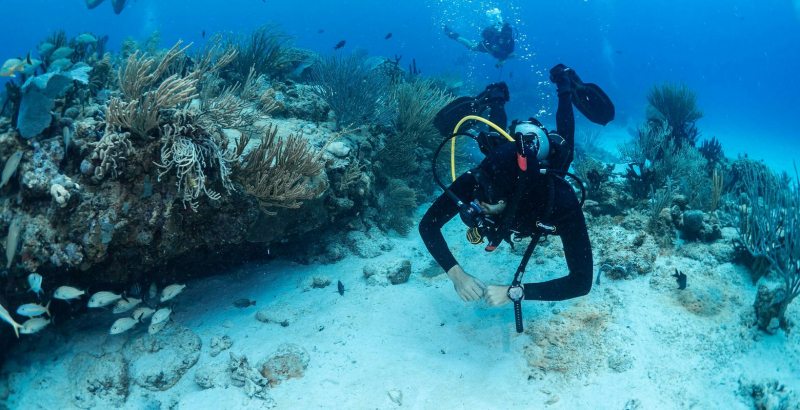
treehugger.com 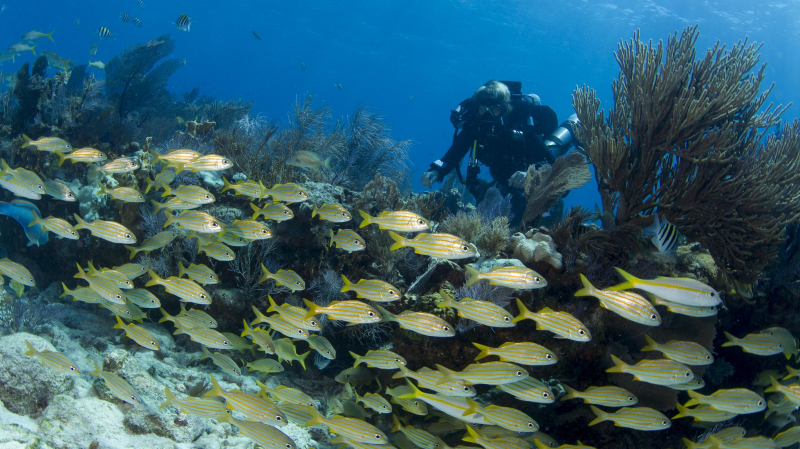
treehugger.com -
The Pearl Cays are a series of 18 cays off Nicaragua's Caribbean coast, roughly 35 kilometers (22 miles) from Pearl Lagoon. They are part of the Autonomous Region of the South Caribbean Coast. The Pearl Cays are surrounded by tropical flora and have white sandy beaches. Turtles, particularly the highly endangered Hawksbill turtle, use them as a nesting location.
This 22-cay archipelago is known for its pristine sand beaches, clean water, and abundant sea life. To get here, you'll need to take a boat from Pearl Lagoon, but it's well worth the trip. Snorkelers will enjoy seeing dolphins, marine turtles, and manta rays.
Location: the Caribbean coast of Nicaragua
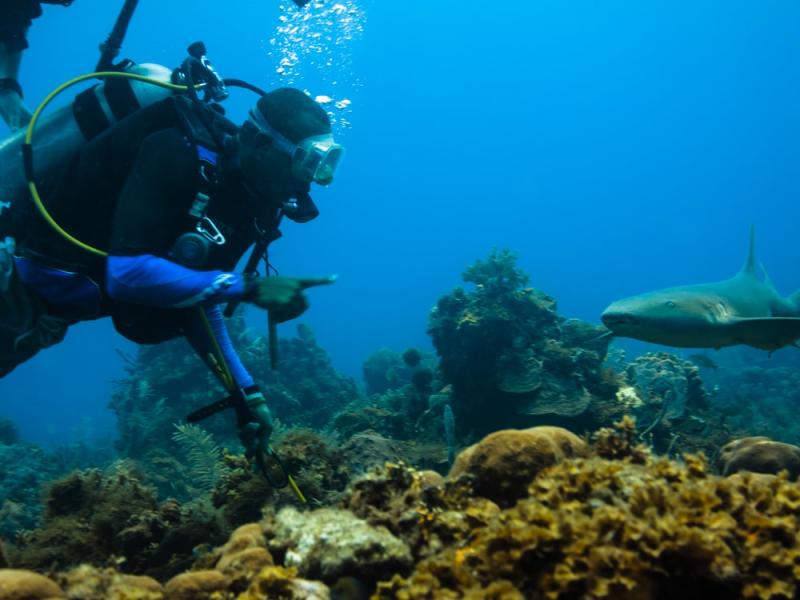
theculturetrip.com 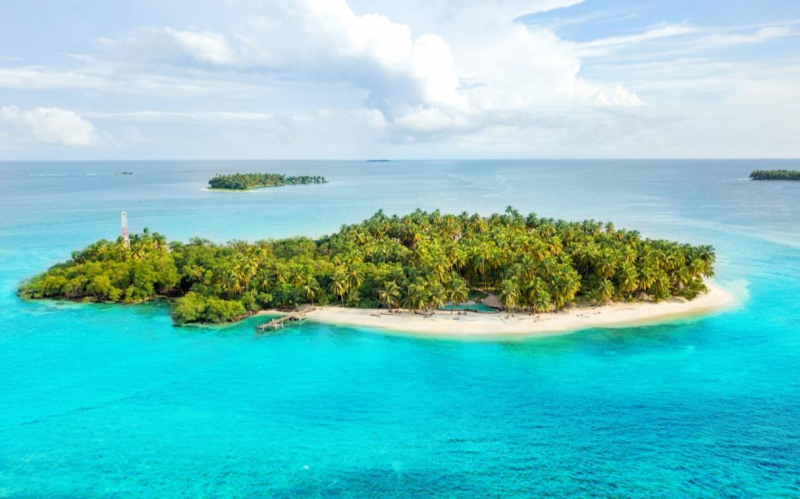
theculturetrip.com








